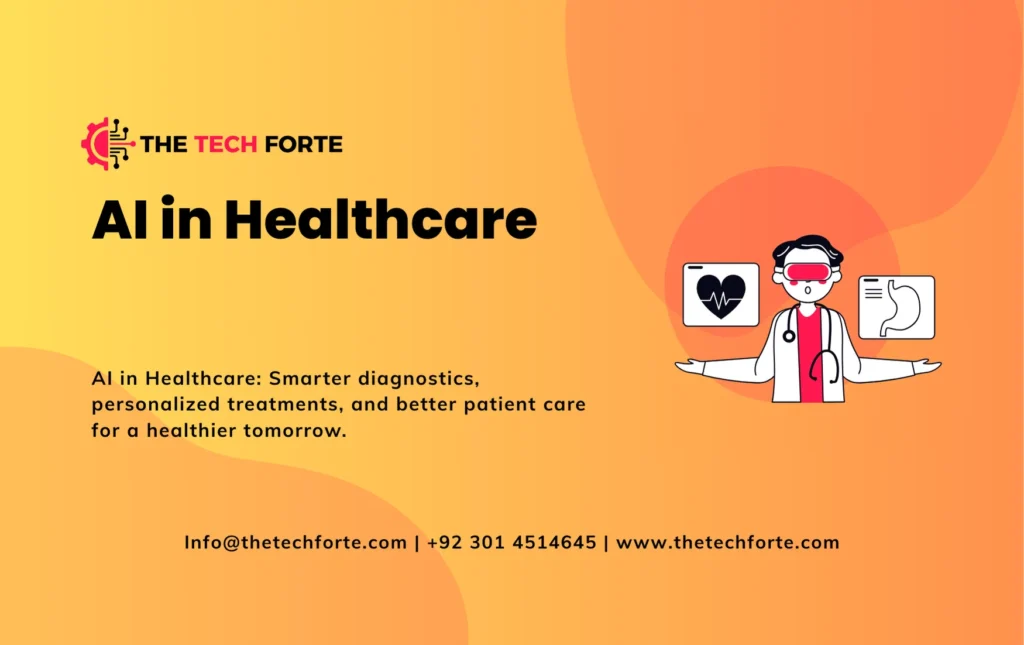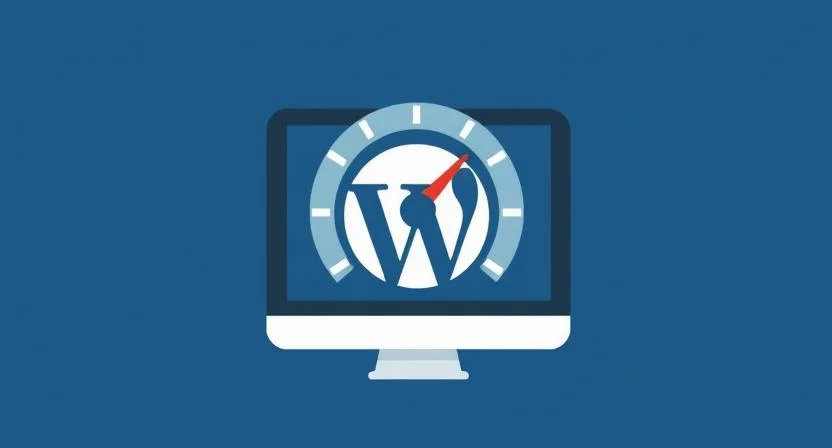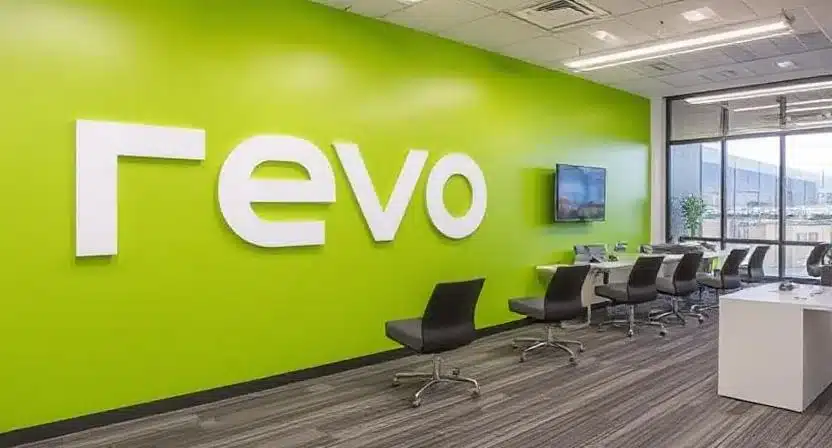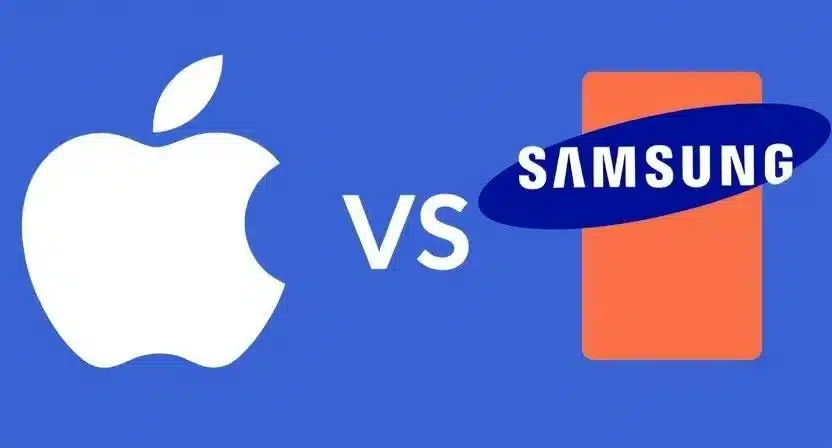What is Cloud Computing, and why should you care?

Remember when you had to store everything on your computer’s hard drive and hope it didn’t crash? Those are ancient history days now. I still chuckle remembering my college friend who lost her whole thesis because her laptop suddenly decided to go on permanent vacation just before graduation. If only we had known about cloud computing then!
In today’s life, whether a person is reading an email, watching Netflix, or owning a business, he is using cloud computing. without knowing it. But what is this technology we are all reliant on? In this article, you will learn everything you need to know about cloud computing.
What is the actual meaning of cloud computing?
Cloud computing is the delivery of computer services like physical servers, software, and storage devices, which you lease from another company. Those resources are forwarded to you over the internet—or “the cloud.”
The elegance of this arrangement is simplicity. To explain this to my tech-oophore friends, I use the electricity analogy. You don’t produce your own electricity in your home; you tap into the power grid and pay for what you consume. Cloud computing is no different, but you’re tapping into computing power, storage capacity, and software applications.
The word “cloud” originated with the puffy cloud symbol network engineers would draw in diagrams to refer to the internet. It’s really just a highfalutin way of saying “another person’s computer that you can use over the internet.”
How Cloud Services Work Behind the Scenes
When a person posts a picture to Google Photos or sends a message via WhatsApp, that information doesn’t disappear into space. It is transferred over the internet to giant data centers housing thousands of servers.
These data centers are sort of digital warehouses; they have powerful computers that store and process information 24/7. Companies like Amazon, Microsoft, and Google have built these facilities all around the world, ensuring your data is always accessible no matter where you are.
That magic occurs via something called virtualization. Rather than assign a whole physical server to one client, cloud companies can divide that server’s resources between several customers. It’s analogous to receiving a huge pizza that’s cut up and divided; each one gets what they require without excess.
The Transformation from Legacy IT to Cloud Solutions
Not so long ago, companies had to purchase their own servers, employ IT personnel to look after them, and hope nothing would get broken when it was critical to a presentation. I recall going to a small accounting company in 2010 where they had a server room that sounded like a jet engine and needed its own air conditioning unit.
The shift to cloud computing has been evolutionary but incremental. Businesses began to realize they could obtain improved performance, reliability, and security by outsourcing IT infrastructure to specialists. It’s the same thing that most of us did with photography: we stopped taking our own photos and began using online services instead.
This transition was hastened exponentially by the COVID-19 pandemic when companies had to switch over to remote working in a hurry. Existing companies that had already transitioned to the cloud made the switch much easier than those that were still using conventional installations.
Cloud Computing Service Models and Types
Infrastructure as a Service (IaaS): Virtual Hardware Resources
IaaS is similar to leasing the fundamental building blocks of computing. Rather than purchasing physical servers, you lease virtual ones that reside within the cloud. You receive the raw computing capabilities, storage, and networking features, but you install and have to manage the operating systems and applications.
Amazon Web Services (AWS) was the first to develop this model with its EC2 service. Imagine renting a mighty computer that you can remotely tap into and outfit however you wish. You can scale up when it’s time to get more power (such as during peak shopping times) and scale down when it’s slow.
This model is well-liked by technology-oriented companies and programmers who need absolute control over their computing setup but without any hassle of physical hardware maintenance.
Platform as a Service (PaaS): Development and Deployment Environments
PaaS goes one step ahead and not only gives you the infrastructure but also the development environment and platforms. It’s renting the kitchen with all the appliances and tools, rather than the building itself; you have all the equipment and devices you need to prepare a meal on the spot.
Microsoft Azure and Google Cloud Platform provide great PaaS solutions. With PaaS, developers write code and develop applications without needing to concern themselves with the underlying servers, operating systems, or development frameworks.
I’ve watched small startups deploy products on PaaS that took months to create using traditional infrastructure. The speed and ease are amazing.
Software as a Service (SaaS): Ready-to-Use Applications
SaaS is most likely what everyone uses on a day-to-day basis, without even knowing it. These are full-fledged applications run in the cloud and accessed via web browsers or mobile applications. Gmail, Salesforce, Slack, and Spotify are all SaaS.
The elegance of SaaS is its convenience. You don’t need to install anything on your machine or bother with updates, and you can retrieve information anywhere. It’s like ordering meals from a restaurant rather than having to purchase ingredients and cook them yourself.
For companies, SaaS has been revolutionary. A small business can now enjoy software at an enterprise level without the huge upfront costs or technical background previously needed.
Cloud Arrangement Models: Public, Private, and Hybrid
Public Cloud: Shared Facilities and Maximum Availability
Public cloud is similar to the use of public swimming facilities; you share the pools with other people, but you’re gaining access to facilities you cannot afford individually. Amazon AWS, Microsoft Azure, and Google Cloud Platform are the largest public cloud providers.
The primary benefit is cost savings. Because resources are being shared across numerous customers, providers can price services lower. You also gain from their enormous scale, sophisticated security, and international infrastructure.
Yet, some companies fear sharing infrastructure with competitors or losing control over their environment. These issues are usually exaggerated, but they are worth noting for some use cases.
Private Cloud: Dedicated Infrastructure for Increased Control
A private cloud is similar to having your own swimming pool at home. All the resources are wholly dedicated to your organization, and you have full control and options for customization. This can be hosted either on your site or by a third party, but for you alone.
Banks, healthcare organizations, and government agencies also like private clouds because they have stringent regulatory requirements. You pay more and have more management to do, but you receive stronger security and compliance features.
I’ve worked with financial institutions that employ private clouds to make sure sensitive customer information never co-mingles with other organizations, although public clouds have top-notch security records.
Hybrid Cloud: Blending Multiple Environments for Flexibility
Hybrid cloud blends public and private clouds, allowing you to have the best of both. You can store sensitive information in a private cloud and utilize public cloud infrastructure for less sensitive workloads or to manage traffic surges.
This strategy provides huge flexibility. If you’re in a period of high usage, you can “burst” into the public cloud for extra capacity and then scale back down again once usage returns to normal. It’s similar to having a home office but leasing extra conference room space for large meetings.
Large enterprises employ hybrid clouds to phase out legacy infrastructure while continuing to control key systems until the transition is complete.
Key Benefits That Make Cloud Computing Valuable
Reduced IT Costs and Cost Savings
Financial savings are usually the biggest motivator for adopting cloud computing. Rather than investing heavily in hardware and software upfront, you only pay for what you consume. It’s equivalent to giving up owning an automobile in favor of using ride-sharing; you no longer have insurance, maintenance, and parking fees.
Small businesses particularly benefit from this model. A startup can access enterprise-grade infrastructure for a few hundred dollars per month instead of investing tens of thousands in servers and software licenses. This levels the playing field significantly.
I’ve witnessed organizations cut their IT expenses by 30-50% after shifting to the cloud, improving performance and reliability at the same time. The cost savings are realized through avoided hardware expenditures, decreased energy expenses, and reduced IT staff needs.
Scalability and Flexibility for Growing Businesses
With traditional IT infrastructure, you have to make a wild guess about your future requirements and purchase accordingly. Make the wrong estimate, and you either end up with idle capacity that you’ve wasted money on or face performance problems. Cloud computing takes out this guessing.
On Black Friday, e-commerce websites can scale up automatically to meet huge increases in traffic and scale down afterwards. This flexibility means you’re never paying for idle capacity or frustrating customers with slow sites.
The agility goes beyond mere computing power. You can deploy new applications in a matter of minutes, try out alternative solutions, and transform to shifting business needs without cumbersome procurement timelines or technical limitations.
Enhanced Accessibility and Remote Workability
The pandemic showed us how important cloud computing is for remote work is. Employees can access their applications and data from anywhere with connectivity over the internet, on any device. Access has become a necessity for today’s businesses.
Cloud-based collaboration platforms such as Google Workspace and Microsoft 365 allow teams to collaborate seamlessly across physical locations. Documents are synced automatically, meetings take place in virtual environments, and project management is continuous.
For workers, this translates to increased work-life balance and flexibility. For employers, it opens doors to talent irrespective of location and limits the amount of office space required.
Security Considerations and Data Protection
Typical Security Risks and Vulnerabilities
Even with good security practices by cloud vendors, there is always some risk. Shared responsibility implies that, though vendors protect the infrastructure, customers need to configure and secure their applications and data in appropriate ways.
Misconfigured storage buckets exposing data to the public, poor access controls exposing information to unwanted users, and a lack of encryption for sensitive data are typical risks. Human error is still the number-one cause of cloud security incidents.
Phishing of cloud credentials has evolved to become very sophisticated. Once an attacker has access to a cloud account, it may be possible for them to access all of an organization’s systems and data.
Cloud Security Management Best Practices
Good security begins with good access management. Authenticate with multi-factor authentication on all accounts, apply the principle of least privilege (granting users only the access they require), and review and refresh permissions regularly.
Encrypt data at rest and in transit. Encryption is available from most cloud providers, but you have to turn it on and properly configure it. Encryption is a secure box for your digital valuables; stolen data is worthless to thieves.
Regular security scanning and monitoring are important. Activate alerts for suspicious activity, keep software up-to-date, and prepare an incident response plan. Security is viewed by most successful organizations as a continuous process, not a single installation.
Compliance Requirements and Regulatory Standards
Various industries have their own compliance needs that influence cloud adoption. Healthcare institutions have to adhere to HIPAA, financial institutions have to comply with SOX and PCI-DSS, and organizations dealing with EU citizens’ data have to meet GDPR standards.
The majority of leading cloud vendors provide compliance certifications and products to aid in meeting these compliance requirements. Yet, at the end of the day, it is the customer’s responsibility—the cloud vendor can provide you with the tools, but you need to use them appropriately.
Knowing your particular compliance requirements before cloud migration is crucial. Engage with compliance and legal teams early on in the planning phase to prevent expensive errors down the road.
Real-World Applications Across Industries
Small Business Solutions and Startup Applications
Small companies have adopted cloud computing more quickly than nearly any other industry. A small restaurant can now utilize cloud-based point-of-sale systems, online ordering systems, and customer relationship management software previously reserved for large enterprises.
Startups particularly benefit from cloud computing’s low barrier to entry. A two-person company can launch a mobile app that scales to millions of users without investing in physical infrastructure. Instagram famously served 100 million users with just 13 employees, largely thanks to cloud infrastructure.
The subscription model also facilitates cash flow management. Rather than having big capital investments, companies can use cloud services as operational expenses that grow in step with business.
Enterprise-Level Implementations and Case Studies
Cloud computing is employed by large enterprises on a broad set of tasks ranging from data analysis to global collaboration platforms. Netflix transitioned its complete infrastructure to AWS, allowing it to stream content to more than 200 million subscribers globally without any compromise on performance and reliability.
General Electric utilizes cloud platforms to gather and analyze data from factory equipment, making predictive maintenance possible that avoids millions of dollars in downtime expenses. Such analytics wouldn’t be possible without the use of cloud-scale computing resources.


































































































































